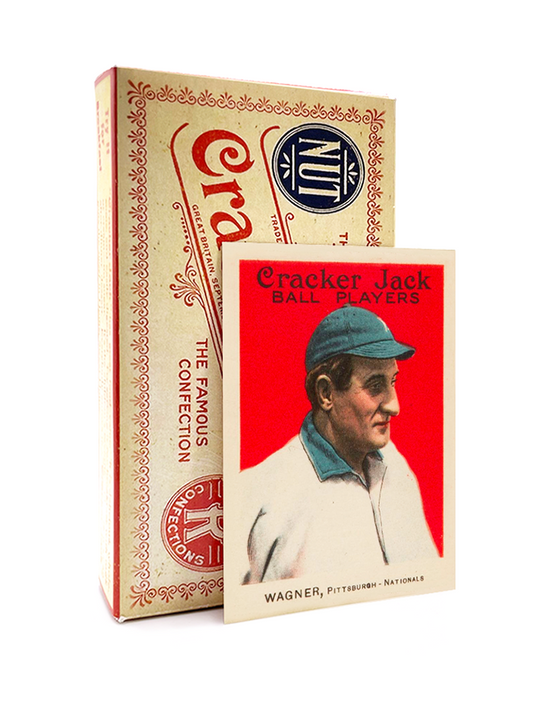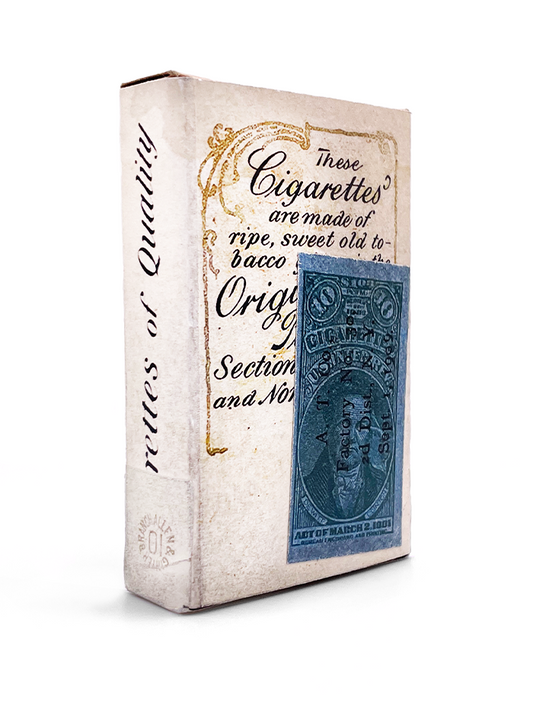
The Impact of The Great Depression on Baseball Cards and Collecting
Share
The Great Depression of the 1930s reshaped the world in countless ways, including the world of baseball cards. As families tightened their budgets, the hobby faced immense challenges. Yet, the industry adapted and survived, leaving a lasting legacy that continues to influence collecting today.
The Economic Pressures of the 1930s
The economic downturn had an immediate impact on baseball card production. Companies like Goudey Gum tried to stay afloat by releasing iconic sets like the 1933 Goudey. These cards, with their vibrant artwork and star players like Babe Ruth, became beacons of hope for children and collectors alike.
Key Features of 1930s Baseball Cards:
- Brighter designs to capture attention during difficult times.
- Smaller production runs, increasing the rarity of surviving cards.
- A shift towards cards being paired with gum instead of tobacco.
The Decline in Collecting
As money became scarce, fewer children could afford baseball cards. Many pre-Depression collections were lost, thrown away, or repurposed, adding to the rarity of pre-1930s cards. This scarcity has made sets like the T206 even more coveted by modern collectors.
The Revival of the Hobby
By the late 1930s, economic recovery reignited interest in baseball cards. New companies entered the market, and the pairing of cards with chewing gum rather than tobacco opened up the hobby to younger audiences, ensuring its survival into the modern era.
Conclusion
The Great Depression left an indelible mark on baseball cards, shaping their production and rarity. For collectors today, cards from this era represent resilience and a testament to the enduring love for the game.









